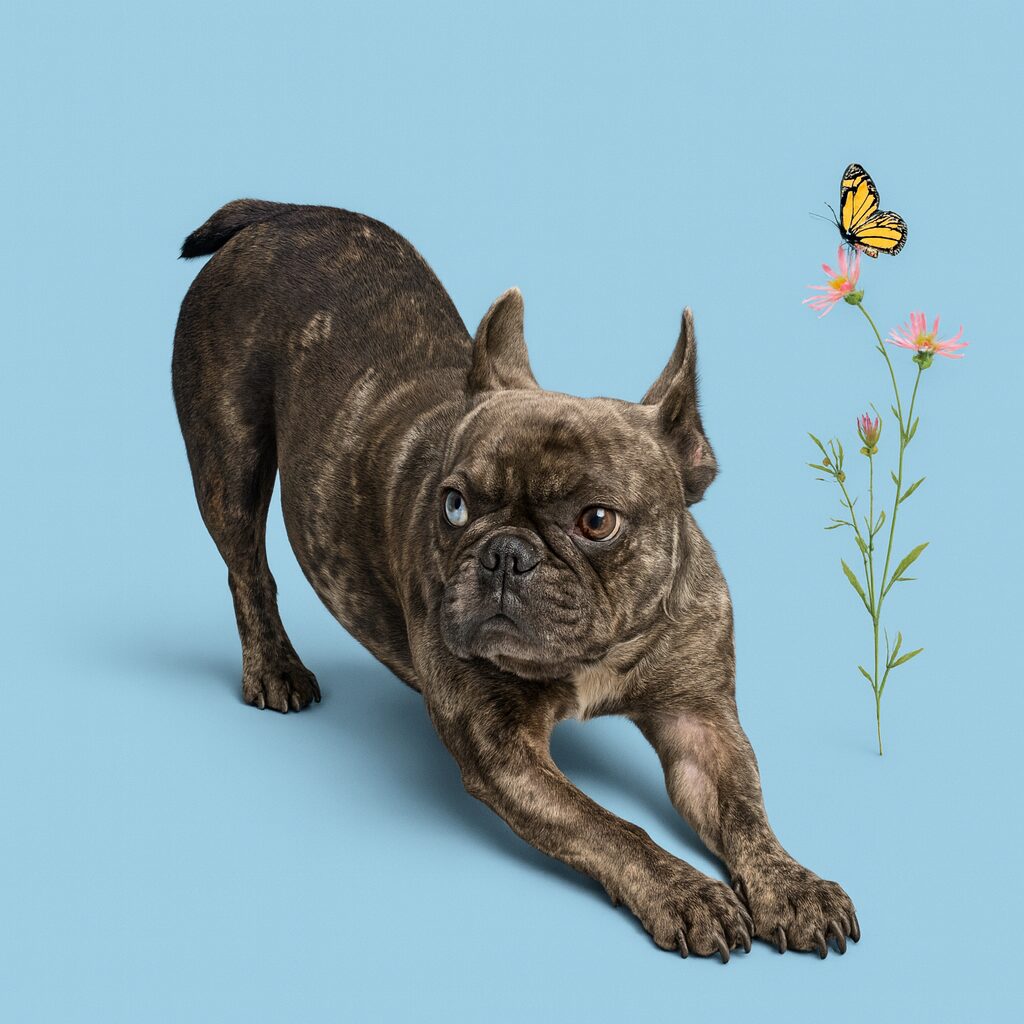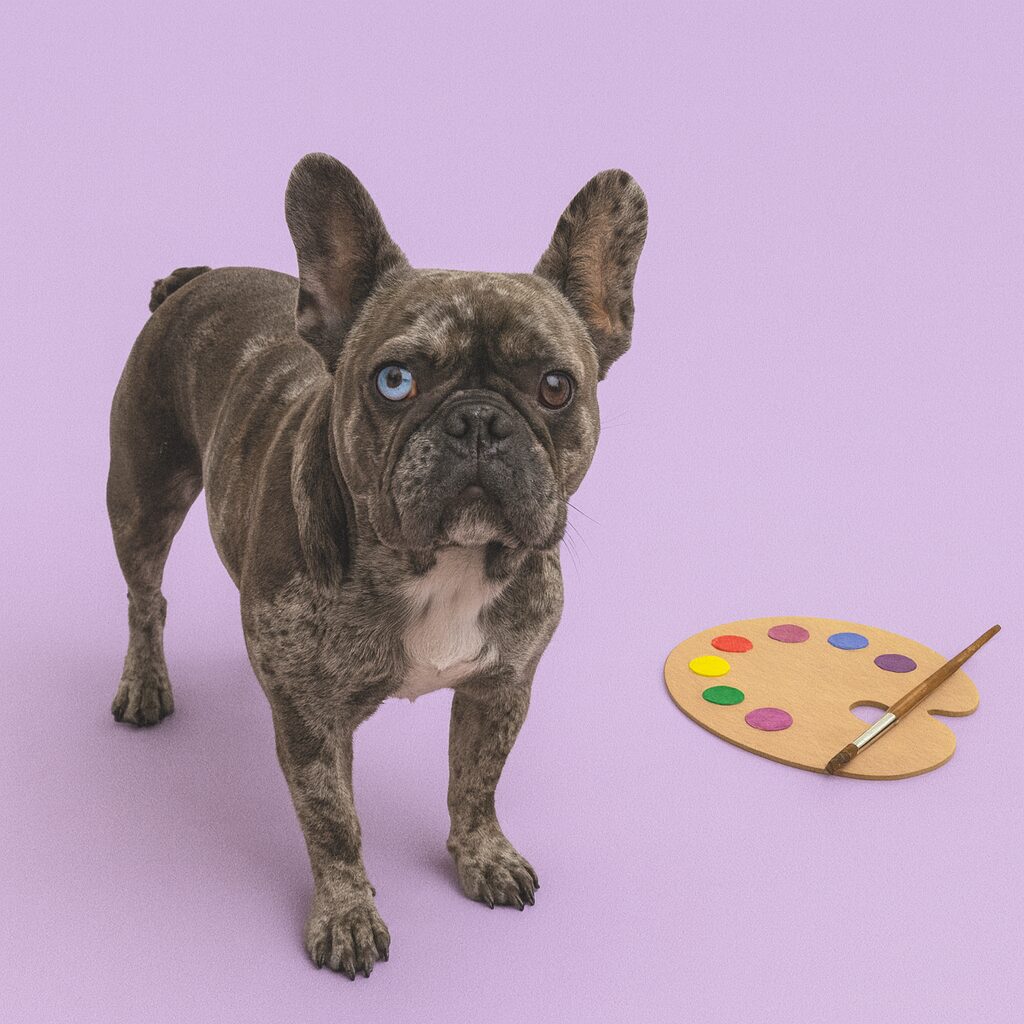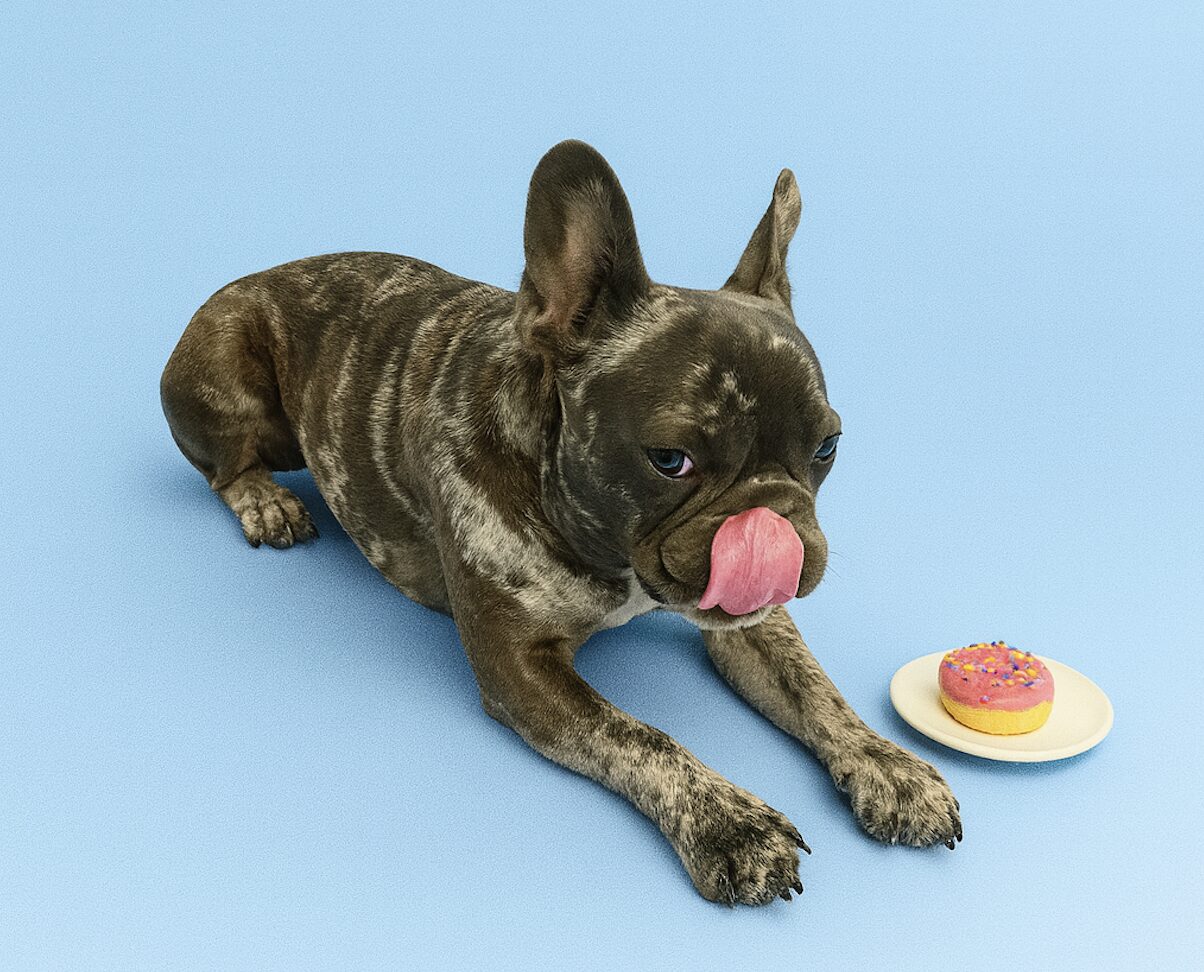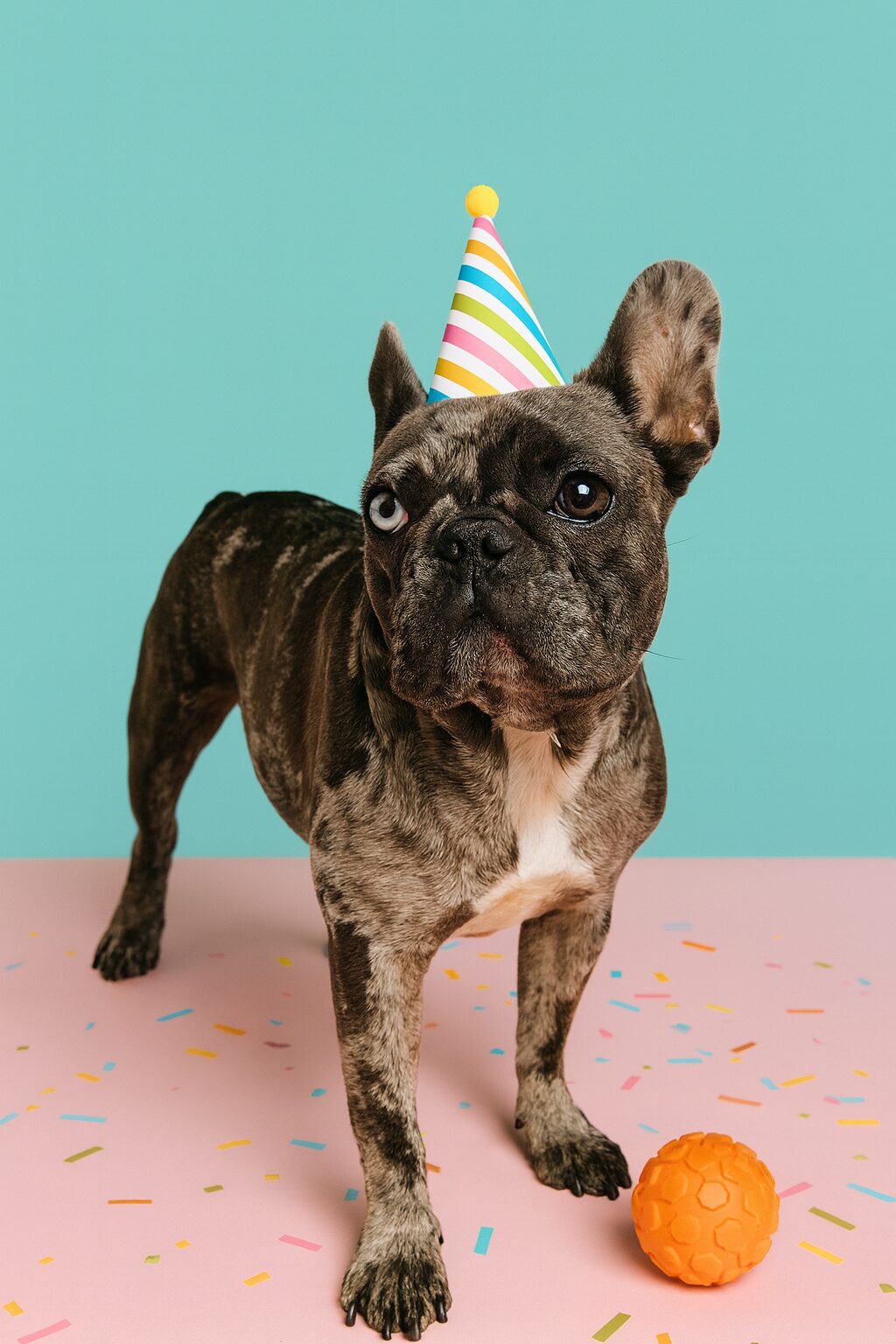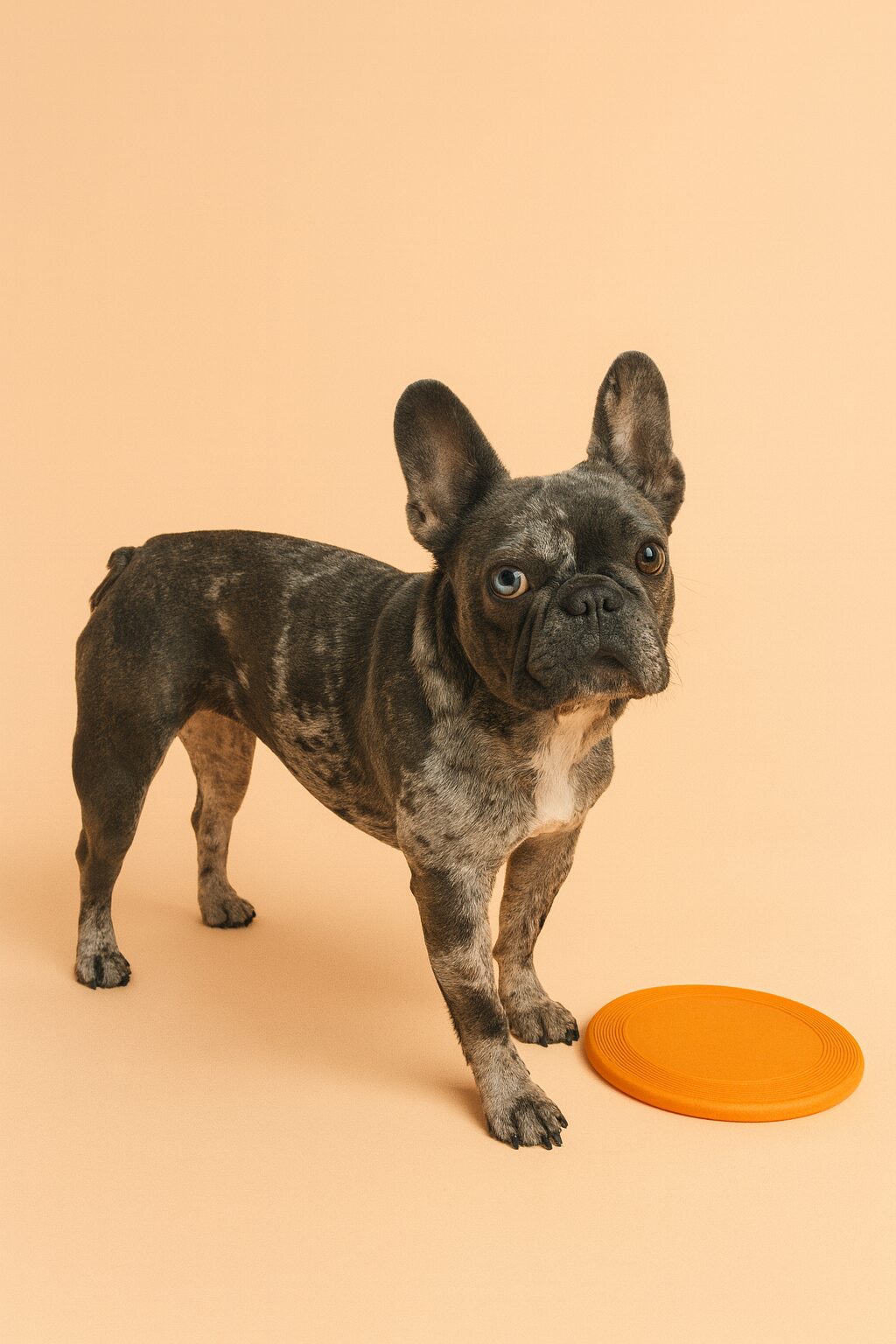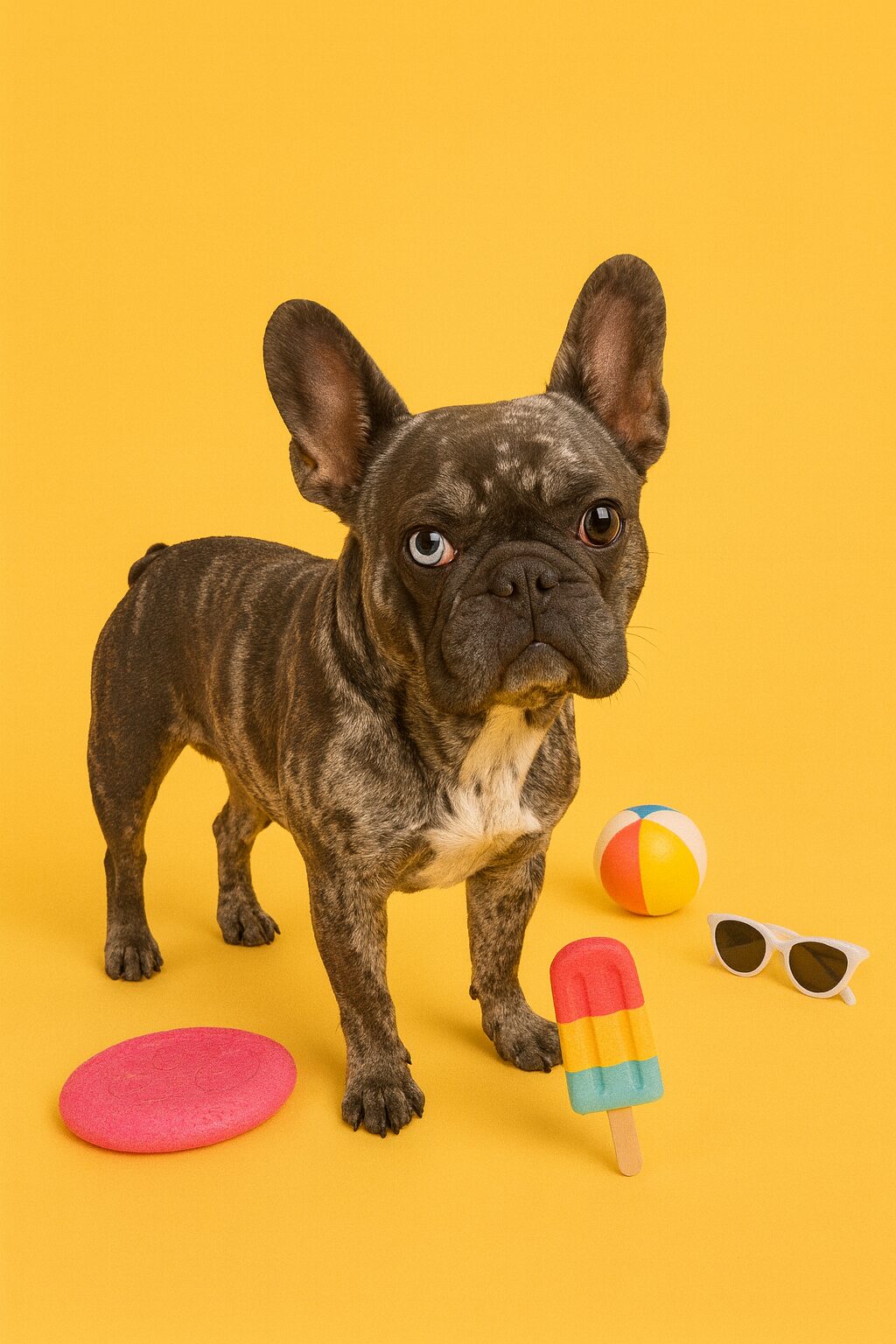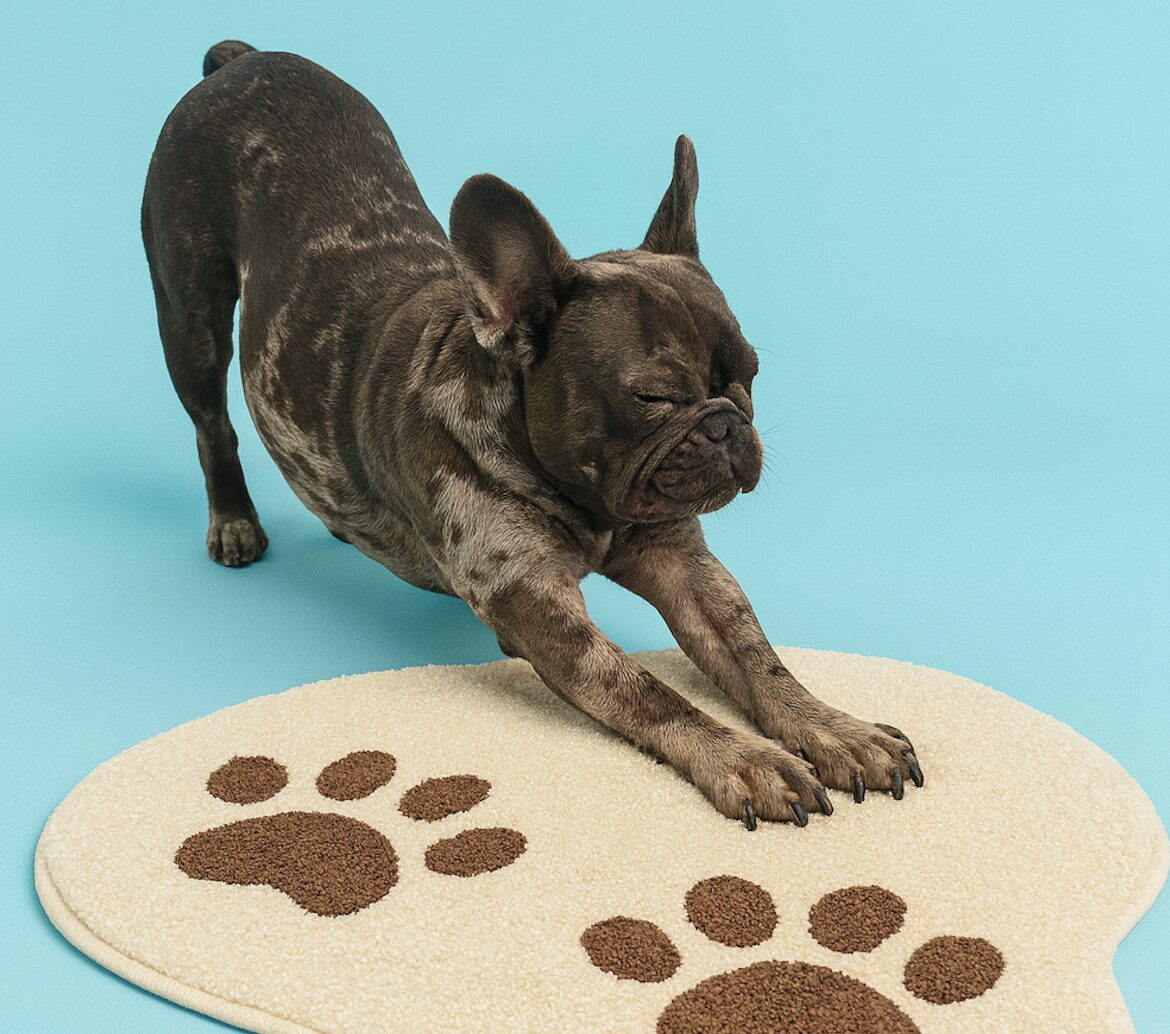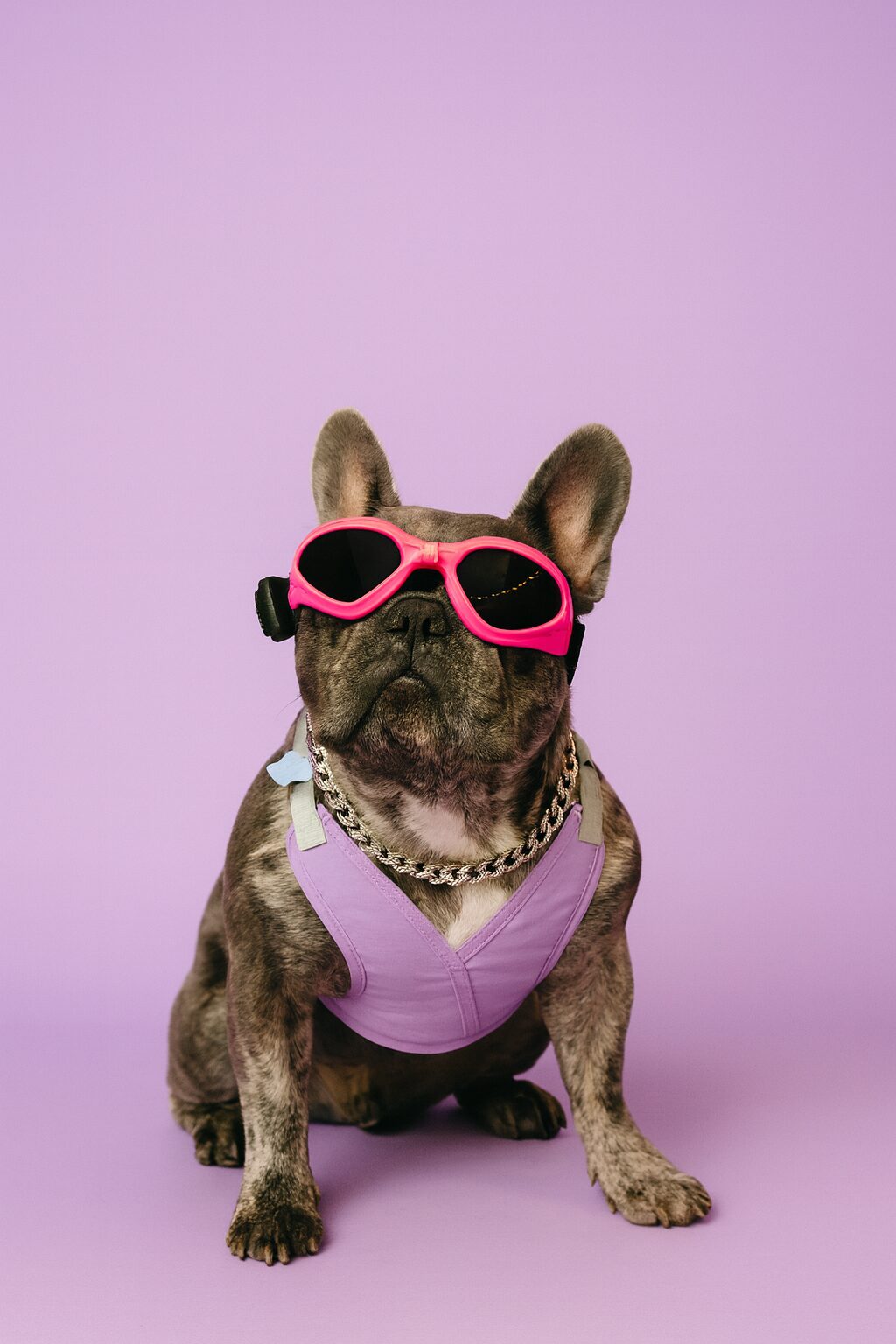f you share your life with a French Bulldog, you already know their soundtrack: snorts, snuffles, and snores that could rival a grandpa napping after Thanksgiving dinner.
Maven, my current Frenchie, has perfected the art of dramatic sleeping noises. Sometimes she sounds like a tiny chainsaw; other times it’s more of a leaky balloon situation. My first Frenchie, Novacane, could even snore while sitting upright. I’m convinced she had a secret side hustle as a foghorn. 😂
But as funny (and occasionally loud) as it is, there’s a real reason French Bulldogs snore so much — and knowing why can help you keep them comfortable and healthy.
It’s All in the Face: Brachycephalic Breeds Explained 🐕🦺
The #1 reason Frenchies are snore machines? Their adorable smoosh-faced anatomy.
French Bulldogs are a brachycephalic breed, meaning they have:
- 🐾 Shortened skulls
- 🐕 Narrow nasal passages
- 🐶 Compressed airways
These traits make them irresistibly cute — but also prone to noisy breathing. When air flows through a shorter airway, it often vibrates the soft tissues in the nose and throat, creating that signature snore.
Fun fact: It’s not just sleeping! Many Frenchies “snore” while awake — you’ve probably heard those snorts when they get excited or curious.
The Sleep Position Factor 😴
Just like humans, how your Frenchie sleeps affects the volume of their snore.
- 🐶 Back sleepers – Louder snores because gravity pulls the tongue and soft palate back.
- 🐕 Side sleepers – Usually quieter, with better airflow.
- 🐾 Face burrowers – Many Frenchies love sleeping face-first into blankets, which muffles sound but can restrict airflow.
Maven is a professional face-burrower. I’ll peek under the blanket to make sure she’s okay, and she’ll look up like, “Excuse me, I was in the middle of a dream about cheese.”
Weight and Snoring ⚖️
Extra weight can make snoring worse. Fatty tissue around the throat narrows the airway, making it harder for air to pass through quietly.
🐾 Tips to manage weight:
- 🥕 Feed portion-controlled meals.
- 🐕 Incorporate daily play or short walks.
- 🐶 Use healthy, low-calorie treats.
Even a small weight loss can make a big difference in nighttime noise — and overall health.
Allergies and Irritants 🌼
French Bulldogs can be sensitive to:
- 🐾 Dust and pollen
- 🐕 Cigarette smoke
- 🐶 Strong cleaning products or fragrances
These irritants can cause inflammation in the nasal passages, making snoring more pronounced. If you notice seasonal changes or symptoms like sneezing, watery eyes, or itchy skin, allergies could be part of the problem.
Pro tip: A HEPA air purifier in the bedroom can sometimes help.
Temperature and Humidity ☀️💧
French Bulldogs already work harder to regulate their breathing, so:
- Hot, humid air can cause heavier breathing and snoring.
- Overly dry air can irritate nasal passages, also making them snore.
🐾 Solutions:
- Use a humidifier in winter.
- Keep rooms cool in summer.
- Avoid strenuous activity in heat.
When Snoring Signals Something More Serious 🩺
While most Frenchie snoring is normal, there are times to be concerned.
🚨 See your vet if snoring is paired with:
- 🐶 Gasping or choking sounds
- 🐕 Blue or pale gums
- 🐾 Struggling to breathe while awake
- 🐶 Extreme lethargy or collapse
These could indicate brachycephalic obstructive airway syndrome (BOAS) or other respiratory issues, which may require surgery or lifestyle adjustments.
Ways to Reduce French Bulldog Snoring 🛏️
While you can’t erase it completely (and honestly, would you want to? It’s part of the charm 😏), you can make your Frenchie more comfortable.
- 🐾 Adjust sleep position – Encourage side sleeping with a donut-shaped dog bed.
- 🐕 Keep weight in check – Extra pounds = extra noise.
- 🌬️ Improve air quality – Purifiers, fans, or open windows for fresh air.
- 🛏️ Elevate their head slightly – Just like humans, it can help open airways.
- 🐶 See a vet for persistent issues – Especially if snoring gets suddenly worse.
Living with a Snoring Frenchie ❤️
Here’s the truth: French Bulldog snoring is part of the package. It’s like their love language — they can’t whisper sweet nothings, so they lull you to sleep with gentle (or not-so-gentle) rumbles.
At night, Maven’s snores are my background music. Some people need white noise machines; I have a 20-pound, bat-eared snuggle bug who sounds like she’s sawing logs.
And honestly? I wouldn’t trade it. Sure, I’ve nudged her over for a quieter night, but most of the time, it just reminds me she’s happy, healthy, and sleeping deeply right by my side.
Final Thoughts 🌙
French Bulldogs snore so much because of their unique facial structure, sleep habits, and sometimes environmental factors. Most of the time, it’s nothing to worry about — just a reminder of the quirks that make them lovable.
If the snoring seems excessive or is paired with other symptoms, though, a vet check is the safest move. Otherwise? Grab a comfy pillow, maybe some earplugs, and enjoy the sweet (and slightly noisy) sound of your Frenchie’s dreams. 🐾❤️

